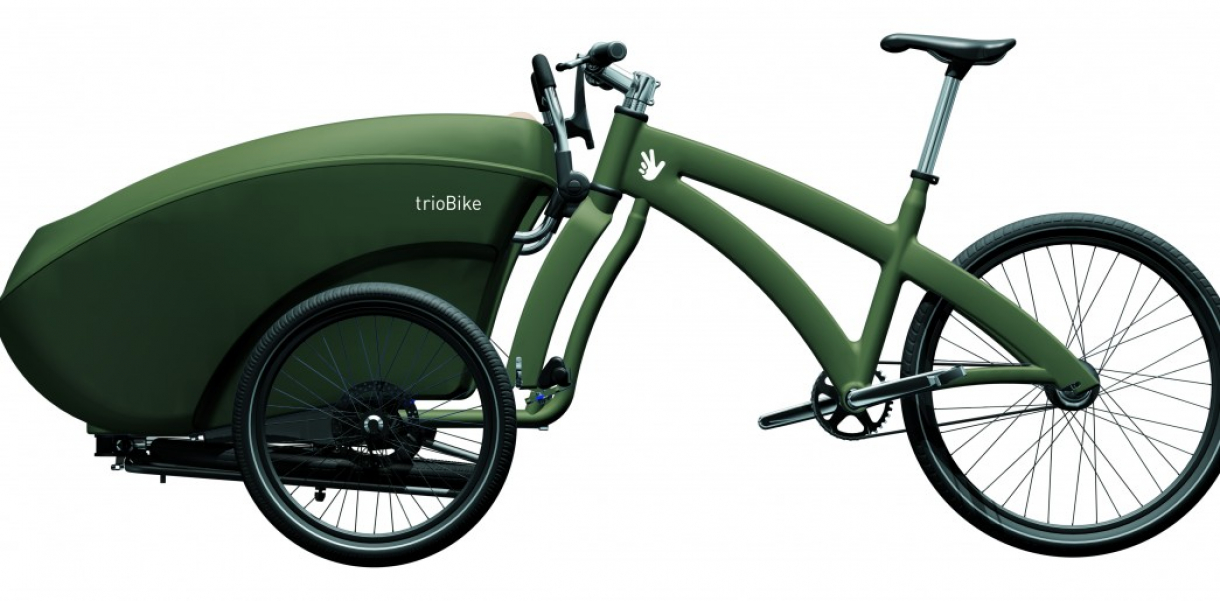Functionality and use of design
The design enables the driver to get in and out of the vehicle with a manual wheelchair without changing his seat. The wheelchair locks automatically in place. It can be also used without the vehicle. The vehicle is driven and controlled by a joystick and its connecting panels from the wheelchair. Size: 2125 x1335 x 1505
How did this design improve life?
Disabled people using manual wheelchairs are able to drive in the traffic unaided within a 40-60 km range, irrespective of the weather conditions and reach a speed of 35-40 km/h. Typical field of use could be going to work, shopping, visiting family and relatives, etc. within the recommended range. The colour and shape reflect the right to equal opportunities for all.
Drawbacks of life improvement
There have been no drawbacks/flip sides known on the basis of our experiences and researches for the time being.
Research and need
Considering the specific feature of the target market we collected data of the travelling practice and expectations of disabled and handicapped people before planning. We paid special attention to select the driving system. Guidelines for planning were the followings: using an environmentally sound energy source, minimizing the necessity of service, simple handling, and reliable operation. After analyzing the data of surveys and research we prepared the prototype of Kenguru. We tested the prototype inspecting the stability, the safe and simple handling, controllability and ergonomics of the vehicle. These tests were carried out with the help and professional advice of the appropriate associations. Viewing test results we also took into consideration the reflections and advice of disabled people, and we designed the final construction of the vehicle according to that.
Designed by
Zsolt Varga - Hungary






